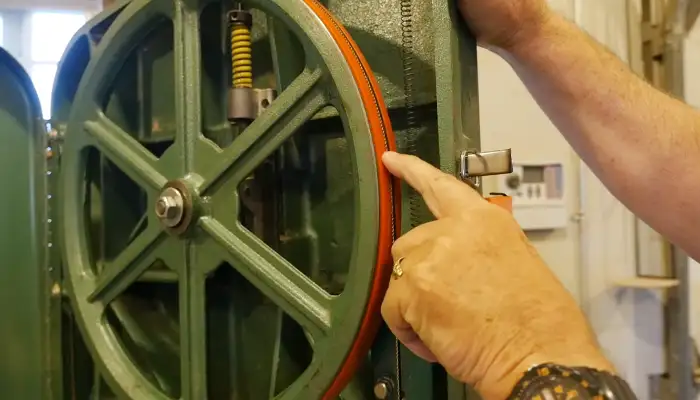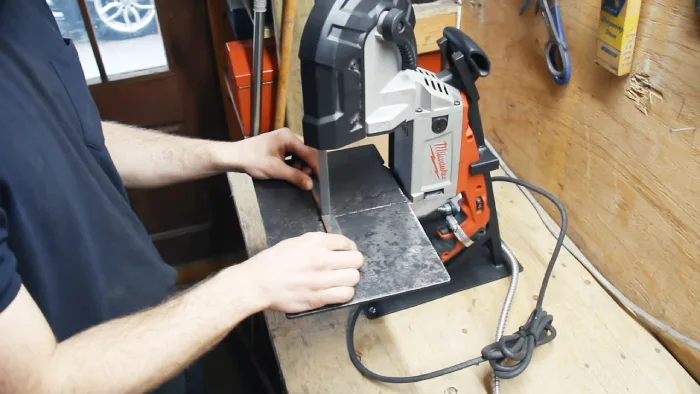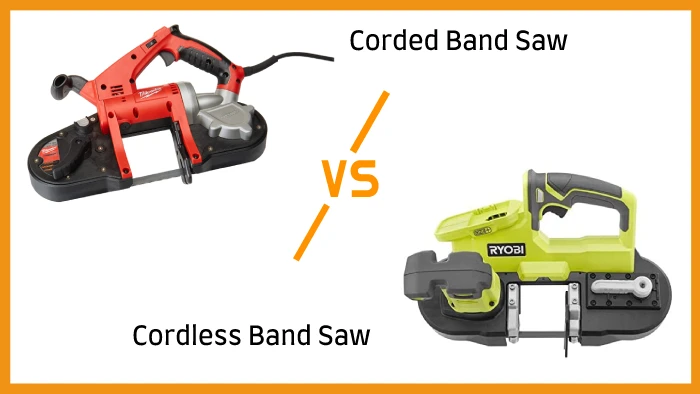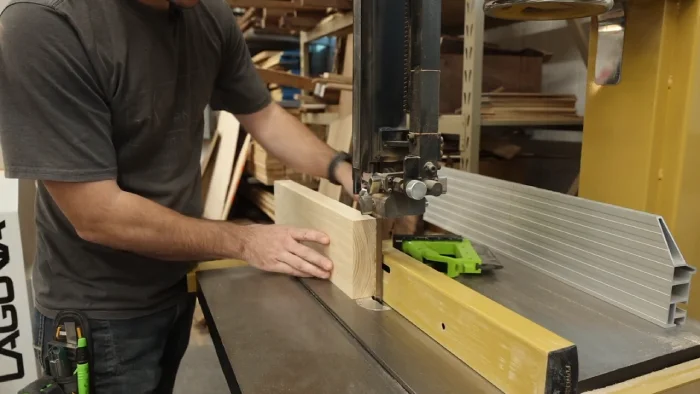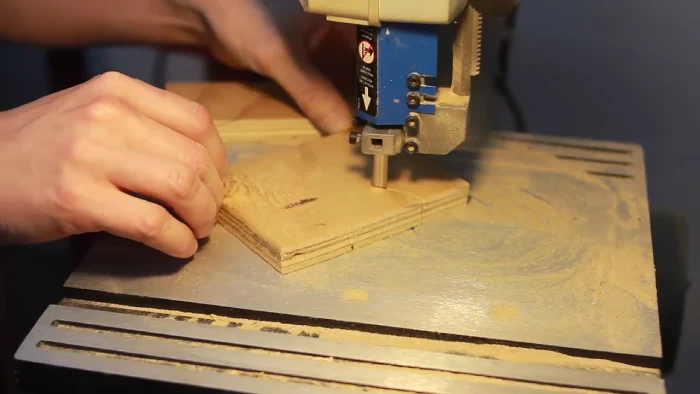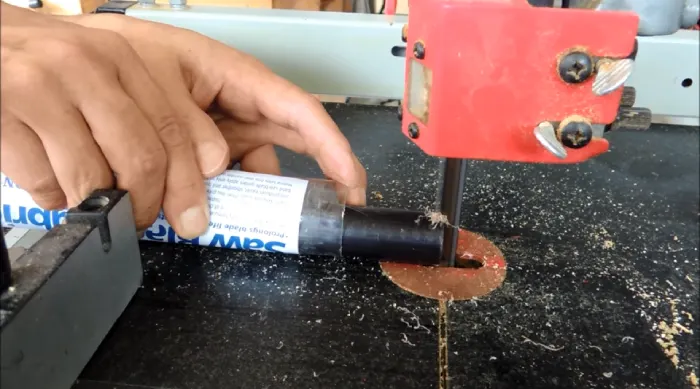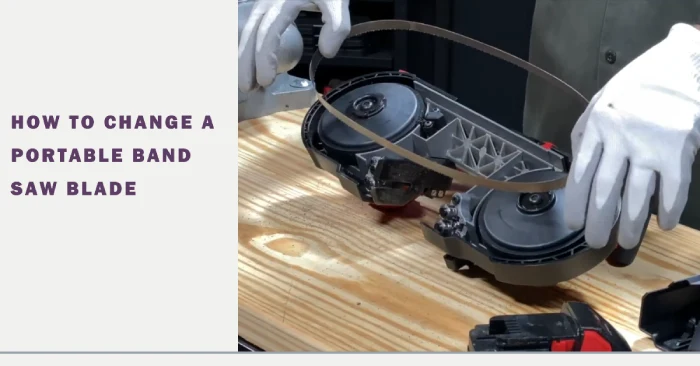How to Figure What Size Bandsaw Tire I Have: Easy 4 Methods
Bandsaw tires are crucial in the smooth and efficient operation of wood-cutting bandsaws. I believe woodworkers and enthusiasts must understand how to determine the right size and replace these tires as they protect the blade.
I recommend consulting the bandsaw manual first, which often provides tire size information. If that’s not an option, you can measure the bandsaw wheels using a tape measure or calipers. Also, checking the existing tire for any markings or labels can give you an idea of the size.
Here, I will walk you through four easy methods to determine the perfect bandsaw tire size for your woodworking projects. You will also find whether to replace the tire and some useful tips and tricks.
How to Figure What Size Bandsaw Tire I Have: Use the Following Methods
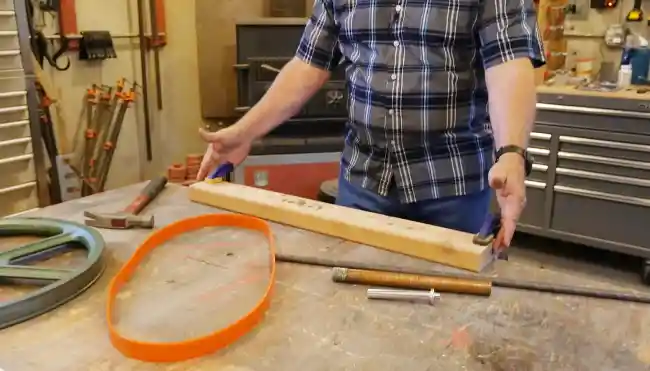
Regarding determining the tire size on your woodworking bandsaw, you can use a few methods. Here I listed the four easiest methods to measure your bandsaw tires.
- Consult the bandsaw manual
- Measure the bandsaw wheels
- Check the existing bandsaw tires
- Resources available online for manufacturers
Method 01: Consult the Bandsaw Manual
To determine the size of your bandsaw tire on your woodworking bandsaw, consult the bandsaw manual, which will provide detailed specifications and recommended tire dimensions for your specific model.
The manual is an invaluable resource that outlines your bandsaw’s various parts and accessories, including the tire. Look for a section dedicated to parts or accessories; you may find information on the appropriate tire dimensions.
In the manual, the manufacturer typically includes measurements such as the diameter and width of the tire, which are crucial for selecting the correct size. Additionally, it may guide the type of tire material to use for optimal performance.
Method 02: Measure the Bandsaw Wheels
Another way to determine the tire size on your woodworking bandsaw is by directly measuring the bandsaw wheels. To do this, use a tape measure or calipers to measure the diameter of each wheel.
The diameter of the wheels typically determines the size of the bandsaw tire. To get the correct tire size, subtract 2 inches from the measurement you obtained. It’s important to ensure accurate measurements from multiple points on each wheel.
This method allows you to measure the bandsaw wheels directly and determine the tire size you have on your woodworking bandsaw.
Method 03: Check the Existing Bandsaw Tires
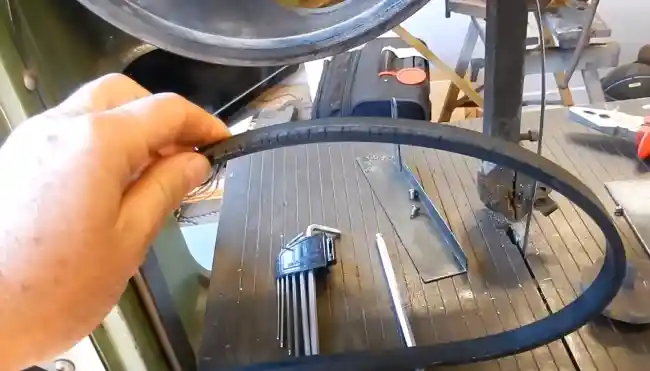
To determine the size of the tire on your woodworking bandsaw, a valuable method is to check the existing bandsaw tires for any markings or labels indicating their dimensions.
Start by examining the tires closely for any visible information about their size. Look for numbers, letters, or labels that may indicate the diameter or width of the tire.
If you cannot find any markings, you can measure the diameter of the current tire directly. Use a tape measure or a caliper to measure the distance across the tire from one edge to the opposite edge.
Remember that the size of replacement tires is often slightly smaller than the wheel diameter, as a standard practice subtracts 2 inches.
Method 04: Resources Available Online for Manufacturers
If you cannot find the size of your bandsaw tire through the previous methods, the only way to determine the correct size is by utilizing online manufacturer resources.
Many bandsaw manufacturers provide websites or customer support services where you can find information about replacement parts, including bandsaw tires.
To access these resources, visit the manufacturer’s official website and navigate to the support or parts section. Look for a parts catalog or a tire-sizing guide corresponding to your bandsaw model. These online resources can be a convenient and reliable way to confirm the correct size for your wood-cutting bandsaw tire.
Take advantage of the technical expertise and experience of the manufacturer to ensure you get the right tire for your bandsaw.
How often should I replace my bandsaw tires?
During your bandsaw tire cleaning, look out for signs that indicate the need for replacement, even though there is no set timeframe for when the bandsaw tires need to be changed.
According to my findings, one of the most obvious signs is when the bandsaw starts to operate unevenly, resulting in cuts that aren’t straight or accurate.
Another indication is the presence of rattling sounds during operation, which could be a result of the tires being worn or damaged. Visible signs of wear and tear, such as a wobbly blade, blade dents, or tire cracks, are also clear indicators that replacement is necessary.
Can I use any brand of bandsaw tire as a replacement?
You should consider whether any brand can be used when looking for a replacement bandsaw tire. While it’s advisable to use replacement parts recommended by the bandsaw manufacturer, some third-party brands offer compatible tires.
However, I strongly advise ensuring the replacement tire matches the specifications outlined in your bandsaw manual. Using a tire that doesn’t meet the required specifications can result in decreased performance and potential damage to your bandsaw.
How do I know if my bandsaw tires are installed correctly?
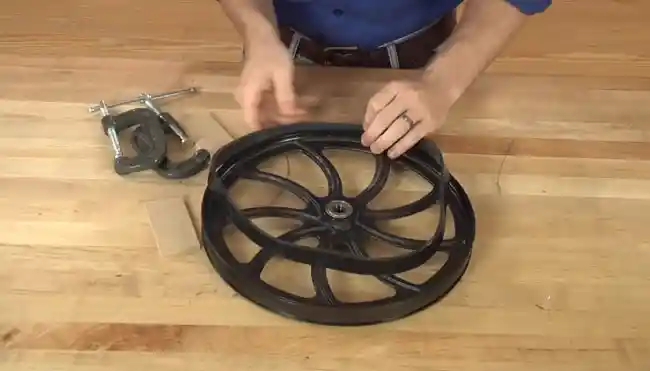
To ensure the proper installation of your bandsaw tires, I recommend carefully inspecting the fit around the wheels for any misalignment or wobbling.
A properly installed bandsaw tire should fit snugly around the wheels without any gaps or unevenness. Check that the tire is centered on the wheel and runs smoothly without any interference or rubbing against the blade or other parts of the machine.
During operation, pay attention to any excessive noise or vibration. While some noise and vibration are normal, excessive amounts could indicate a problem with the installation of the bandsaw tire. If you notice any unusual sounds or movements, stop the machine immediately and investigate the cause.
Prolonging Bandsaw Longevity Through Proper Tire Selection
Proper care and replacement of bandsaw tires are fundamental to maintaining a functional wood-cutting bandsaw. You can ensure your bandsaw tire runs smoothly and safely by recognizing signs of wear, employing precise measurements, and following recommended removal and installation procedures.
I believe regular maintenance and adherence to manufacturer guidelines for tire replacement contribute to the bandsaw’s longevity and quality. Whether rubber or urethane tires are chosen, this guide provides the necessary information.
So, don’t neglect your bandsaw tires and keep them in top condition for optimal performance. You can continue to enjoy precise cuts and long-lasting use from your bandsaw with proper care.

